Home \ Knowledge Hub \ Focus on \ Focus On…Dog Bites and How to Prevent Them


24 Sep 2020
Focus On…Dog Bites and How to Prevent Them
SHARE

DANIEL STEWART
Animal Behaviourist
Almost 100% of rabies deaths in people are due to dog bites, but most of these are preventable. I’ve been working with dogs since I was a young boy and have made animals and their welfare my lifelong passion. I have a diploma in animal behaviour and have worked with dogs in over 20 countries around the world in Rabies control programs. The one thing that I have learnt, through all this experience and from all the dogs that I have interacted with and heard stories about, is that dogs are all the same across the globe.
Dogs and people have been connected since the birth of society. From scavenging village dogs living on the periphery of human society, to fluffy little lap dogs living in the handbags of celebrities, dogs and humans have enduring and complicated relationships.
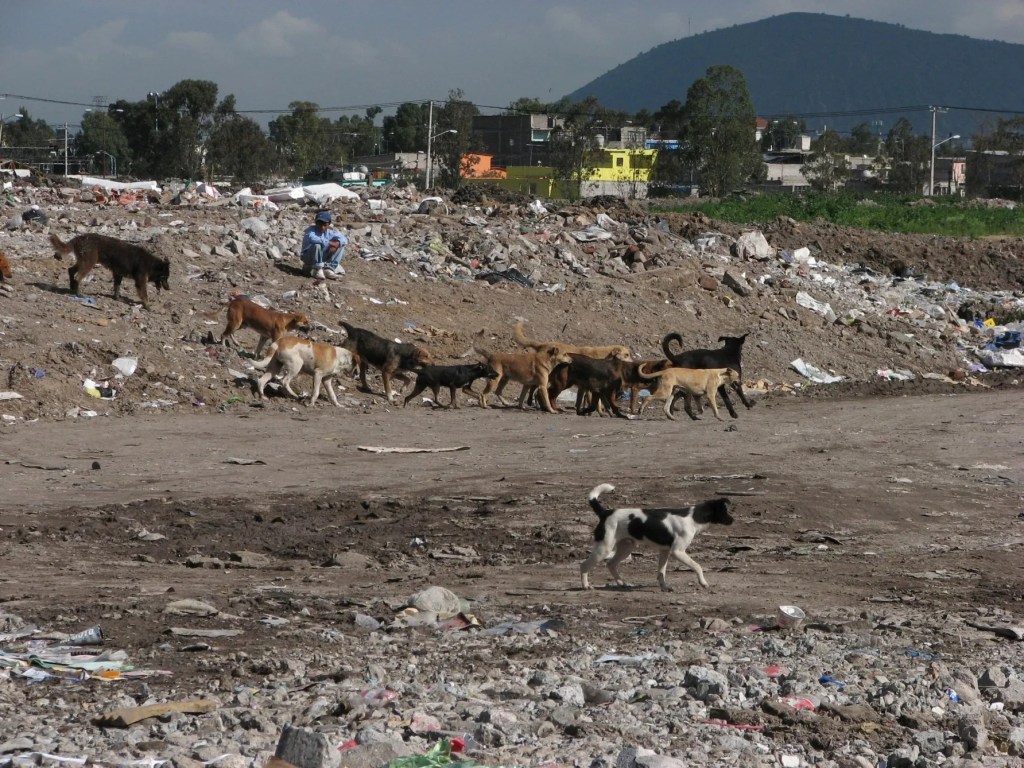
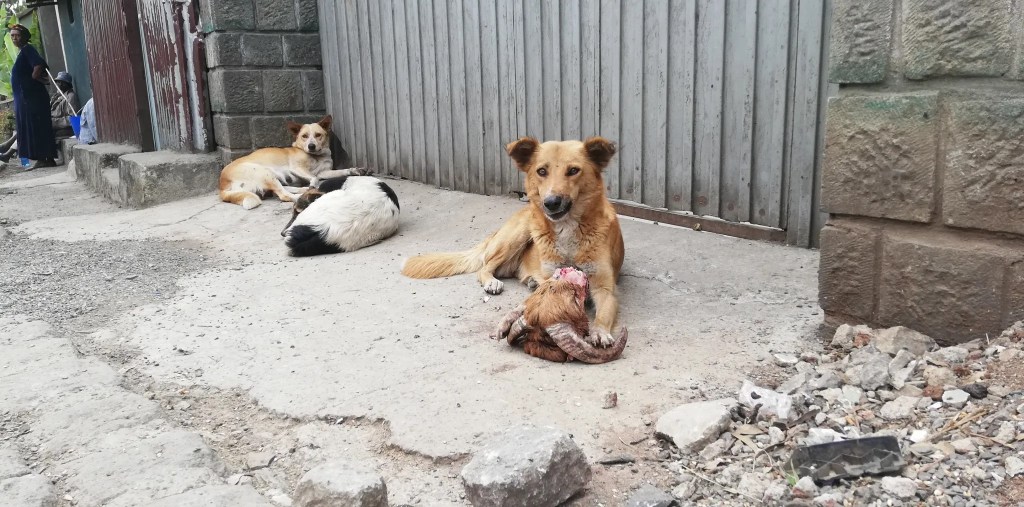
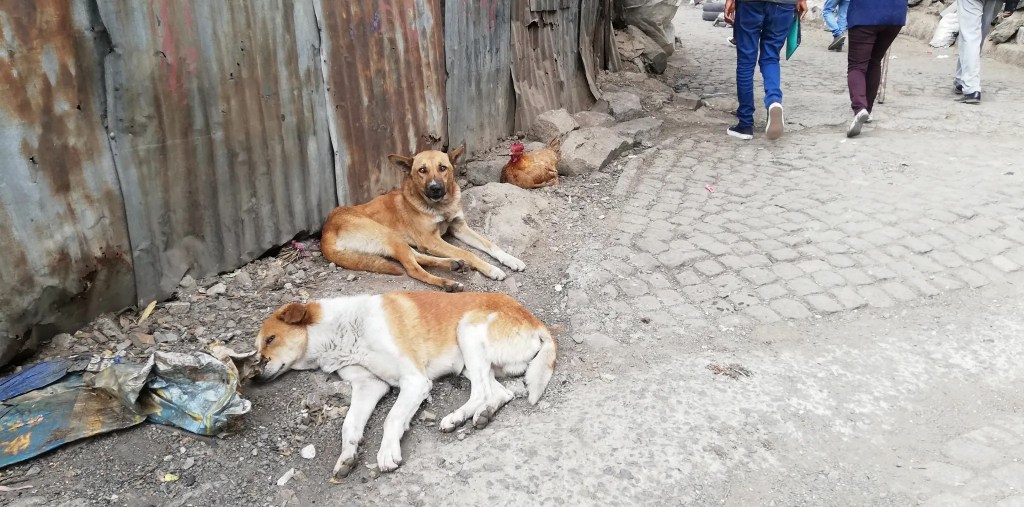
In a world with a human population of around 7.5 billion there is an estimated dog population of close to a billion. Of these, over 80% are unrestrained including street dogs, village dogs, feral dogs and stray dogs.1
In many cases these two species live in a mutualistic or symbiotic relationship without incident. The animal and human both benefit, and the relationship is largely happy and content. Sometimes, however, this is not the case. The reasons for a disruption in the peace between the species are varied, and we will look at three aspects here:
- How do dogs learn?
- How do dogs survive?
- How do dogs develop?
How do dogs learn?
Consider a situation where an owner knows no better and smacks a puppy on its nose with a rolled up newspaper and throws it out of the house for peeing on the floor. What is happening in the puppy’s head that ensures that if the punishment is repeated often enough, the dog stops repeating the behaviour? When a dog is rewarded for a desirable behaviour how does that learning process differ, if at all, from the one based on punishment and fear?
Human interference in the breeding of dogs has resulted in a wide range of breeds of dogs. Some breeds seem more suitable for certain activities while others are clearly not suitable. For example, as much as you trained a team of dachshunds, they would not make a competitive sled dog team. As stated by Coppinger (2001) ‘If someone showed up with a team of beautifully conditioned and trained dachshunds, people would smile because they know the dachshunds can’t win.’2

While the genetic tree may indicate a closer relationship between dogs and wolves, epigenetics (the study of changes in organisms caused by modification of gene expression rather than alteration of the genetic code itself) is often suggested as why the behaviour and interaction with humans varies so vastly between the two canine species. Inherited genes only do so much. As stated in Coppinger and Feinstein (2015) ‘…the construction processes that are initiated by genes that build and run a body are themselves affected by the organism’s environment and development.’ Furthermore ‘… a great deal of behavior results from these epigenetic … processes.’3
This suggests that the correct care and training of any individual dog from any breed can work towards reducing any potential threat posed to humans by the animal. The assumption that some breeds are destined to be aggressive regardless of how they are raised and treated often dictates how the individual dogs are interacted with by strangers and members of the public. This may create a self-fulfilling prophecy around individual dogs, and entire breeds, perceived to be aggressive
Like all living creatures, dogs move towards pleasure and away from pain, when they can. When punishing a dog either physically or verbally for an undesirable behaviour, you are associating that behaviour with aversion to such associations (pain or fear). This may mean that the dog learns not to repeat the behaviour. However, it is also associating fear and possibly anger to the punisher’s response to its behaviour. In many cases this is ultimately irrelevant in the ongoing human/dog relationships, but in some it is not. In some cases, it can begin a slide towards a break in trust between the dog and the owner as well as defensive and potentially dangerous behaviour in the dog. This behaviour which includes growling, snapping and biting is often called aggression, and the development thereof is completely unnecessary and avoidable. Almost without exception, every single behaviour that can be taught through punishment can also be taught through positive reinforcement and a system of rewards.
In addition to teaching the dog the actual desired behaviour, the reward system of teaching also teaches the dog to trust the humans, and to feel safe. Dogs are social animals and want to be loved by humans. Punishment teaches them that the love may be removed while reward teaches them that it is consistent. Clearly the second method is more likely to result in a stable and gentle ongoing relationship between the species.
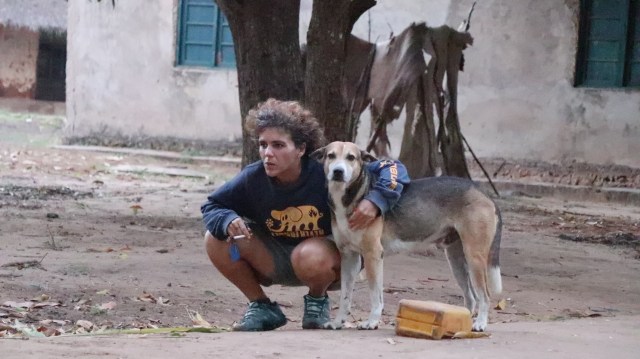
How do dogs survive?
When snuggling up with your cute little yorkie, pink bow in her head, wet nose against your arm, it is almost impossible to imagine that this dog, and all dogs, are predators. Dogs have not survived millennia by being cute. They survived by being able to feed themselves, defend themselves and reproduce.
The bigger breeds of dog, or those considered aggressive, are always assumed to be more likely to display predatory behaviour. We scoop small children out of the way of Rottweilers, cross the road to avoid the Pitbull, and leave the park when the Boer-bull arrives. We are then unbelievably surprised when the Maltese poodle nips a child, the Toy Pom chases a rabbit in the field, or the Dachshund snaps at our grandmother when she shuffles past him with her walking frame.
Dogs are predators. Deep within their DNA is the desire, need and ability to find or hunt down their own food. They react to stimuli within their environment regardless of how cute, mollycoddled or trained they are. Because we love our dogs, call them fur-babies, kiss them and let them sleep on our beds, many people behave as though they are no longer animals. We must remember that these animals in fact speak a different language. Dogs are genetically closely related to wolves, but behaviourally so far from any wolf as to be ‘a highly evolved, specialized new animal’.4 This is, in part, the result of excessive breeding and manipulation by humans. Nevertheless, dogs are animals with instincts and sharp teeth; every single one of them. When a healthy dog bites someone or another animal, it is the result of an environmental circumstance and a survival reaction to fear. It is essential to note here that this kind of behaviour is not a premeditated action from the dog’s point of view, but rather just a reaction.

By avoiding or controlling certain environmental stimuli, undesirable behaviours can be managed.
How do dogs develop?
Selective breeding over thousands of years has created a variety of breeds of dogs, all with characteristics, appearances and behaviours desirable to humans. Across all the breeds there are development similarities. Within the first 14 days of life, the puppy’s nose, ears and then eyes open. We can already start to interact with the puppy at this age, although with caution. It is important to note that this is not always recommended, especially if the parent is very protective.
Because the nose opens first the nose receptors start to recognize our smell. If all interactions are subtle and calm, a good bond can begin to be created between the dog and human.
Although the common age for weaning a puppy from its mother is 6 weeks, the puppy is already taking in environmental stimuli, becoming exploratory and learning – its brain is developing. As time goes on this development goes through multiple stages but the most defined stages are the socializing and the avoidance stages.
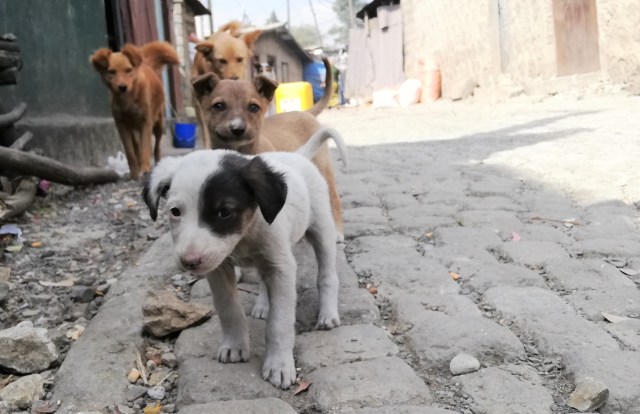
The socialization stage is usually up to 3 months of age, give or take a few weeks depending on the breed of dog. It is during this stage that ‘…the pup is predisposed to and has the greatest capacity to learn social skills.’ In addition, according to Coppinger, ‘Essentially, at sixteen weeks, the dog’s social personality is set for life.’5
We can use the natural disposition of puppies at this stage to encourage good social behaviour when interacting with humans. If this is done correctly, there is a far greater chance of future good relationships between the adult dog and humans, thus possibly reducing the chances of dog bite incidents. It is essential that we remember that the socialisation lessons can be learnt during the socialization period only, and this period is genetically timed and limited.
The avoidance stage begins before the end of the socialization stage; there is an overlap of varying lengths, again depending on the breed. It is during this stage that dogs first experience fear. It is a natural part of the process of development but if the puppy is either frightened or hurt, or receives reinforcement for fear-based behaviour, bad habits and fearful behaviour may develop. Once these become part of the animal’s personality, it can be very difficult, if not impossible, to undo the damage. It is during this stage that dogs are relatively easy to train but it is important that there be no negative associations made by the dog related to humans and their behaviour.

We can make a huge difference in the life of any dog if we react and positively interact with dogs at an early age, while the pup is in the socializing stage.
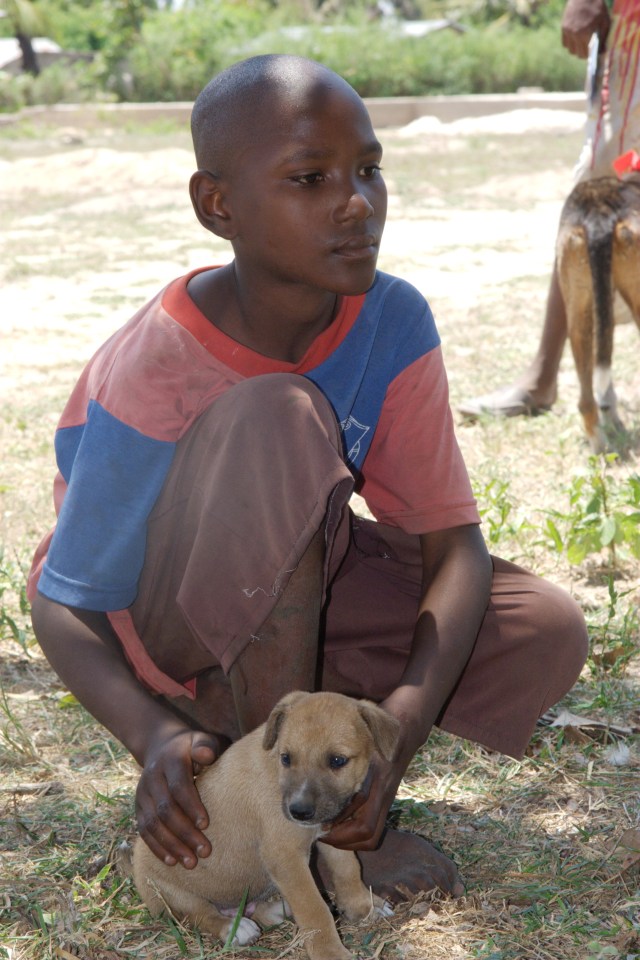
Once the dog reaches the avoidance stage, we need to be careful not to reward it for any negative experiences. Remember a reward can simply be attention and does not necessarily have to be something we, as humans, recognise as a good thing. So whether getting a new puppy from a shelter or interacting with puppies growing up in a rural village, it is imperative that all puppies get treated with kindness and gentleness, and that interactions are positive and all exchanges are pain-free.
Education – the way forwards
It seems a tall order to think that just by understanding a few reasons why dogs do what they do we can change the world and reduce conflict between the species. This is important but just a starting point; there is a lot more that needs to be done at all levels of society. School education is widely considered to be the way forward. I agree that it certainly is.

Change the world one child at a time and create an educated future population.
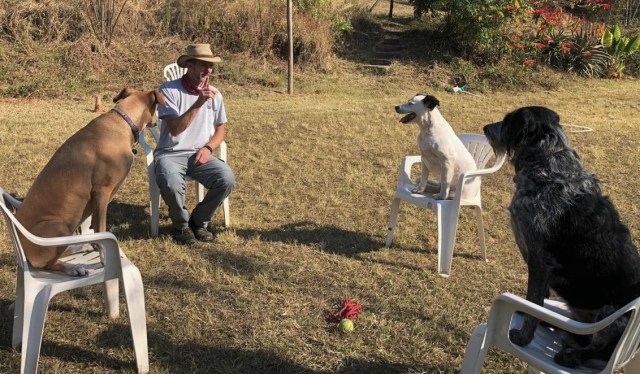
For this to be achieved, this education needs to be an official part of the curriculum, and not just as an occasional thought shared by an invited guest speaker.
The National Departments of Education need to understand that dog bite prevention is not a bunny hugging topic that makes children like their dogs more and treat them better. Instead, the fact is that dog bite prevention has a huge benefit on a country’s economy and health system, as well as the welfare of each community.
For example, every year in America, 800 000 people require medical care as the result of dog bites, of which over 10 000 require hospitalisation. This is an expense incurred by medical facilities, medical insurance and the individual.
In addition, each dog bite claim averaged a payout of USD37 000 in 2017. This adds to the total cost of dog bites to society and the economy.
In KwaZulu-Natal (KZN), just one of the nine provinces in South Africa, 67 000 dog bites are dealt with in government medical facilities per year. This costs the provisional government approximately ZAR 50million (USD 3,5million) annually.
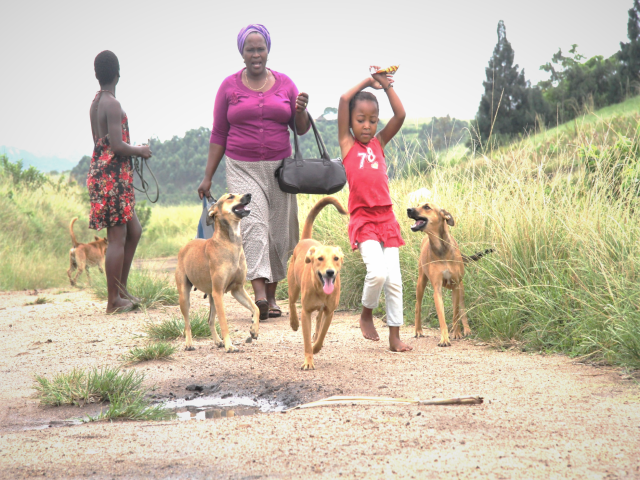
Adults are also frequently the victims of dog bites. This indicates that this education needs to extend beyond the classroom and to the adults of communities too. Better educated people, better trained dogs and better controlled environments will result in better relationships between the species, more cooperation and fewer dog bite casualties.
Dog bites and rabies are preventable
In a nutshell, dog bites are preventable in most cases. This is true even when including dogs infected with rabies. Bites from dogs with rabies kill approximately 60 000 people annually. Communities, countries and owners need to take responsibility, improve animal welfare, introduce and maintain dog bite prevention education in all schools, and as result, create a better relationship between citizens and the dog population.
References
- Coppinger and Coppinger (2001). What is a Dog? University of Chicago Press, p143 ISBN 978-0-684-85530-1.
- Coppinger and Coppinger (2001). Dogs: A New Understanding of Canine Origins, Behavior, and Evolution, New York, Scribner pp63 – 64 ISBN 978-0-226-11563-4
- Coppinger and Feinstein (2015). How Dogs Work. University of Chicago Press, p 117. ISBN 978-0-226-63776-1
- Coppinger and Coppinger (2001). Dogs: A New Understanding of Canine Origins, Behavior, and Evolution, New York, Scribner p24 ISBN 978-0-226-11563-4
- Coppinger and Coppinger (2001). Dogs: A New Understanding of Canine Origins, Behavior, and Evolution, New York, Scribner pp106 – 107 ISBN 978-0-226-11563-4
DANIEL STEWART
Animal Behaviourist
The views expressed in this article are those of the author(s) and do not necessarily represent those of MSD Animal Health.

